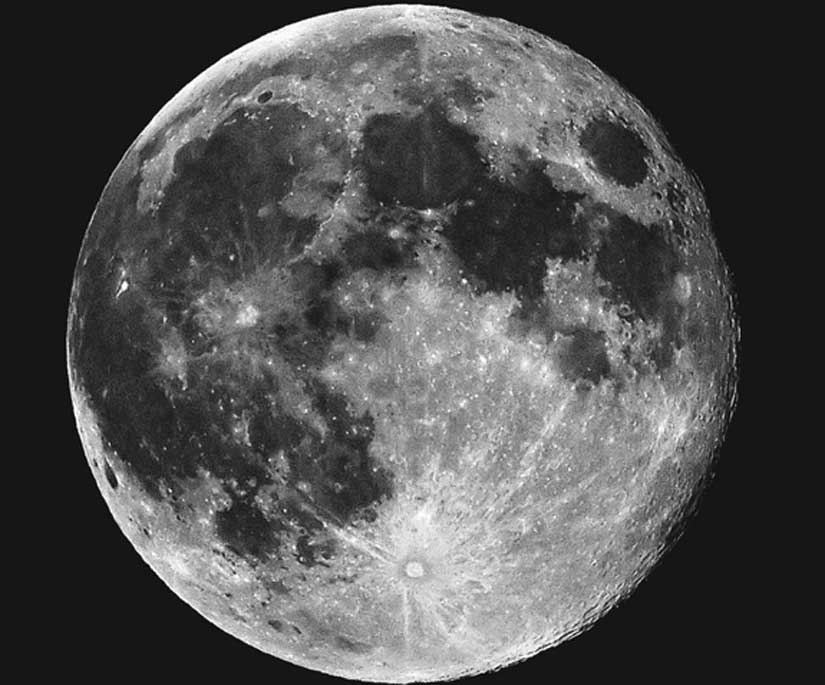
© iStockPhotosMothers appear to have some control over the gender of their unborn children, research shows.
Mothers can adjust the sex of their unborn children in response to the environment where they live, according to new research.
The study, published in the latest
Proceedings of the Royal Society B, finds that mothers exert far more control than fathers do over whether or not the couple has a son or daughter. The goal is to improve the child's survival.
"It seems likely that when there are large and predictable costs associated with producing and/or rearing either sons or daughters in a given environment, females should bias offspring sex ratios to produce the sex that will perform best in the given environment," co-author Sarah Pryke told Discovery News.
"Altering offspring sex ratios in response to the quality of the local environment is likely to be highly advantageous to any species, as it should allow mothers to best match the phenotype of their offspring to the prevailing condition, and thus maximize their own fitness," added Pryke, a researcher in Australian National University's Research School of Biology.
Prior studies on birds, reptiles and mammals -- including humans -- has long suggested that this was the case, but scientists were unclear on what factors triggered the son or daughter outcome. Some researchers, for example, speculated that the overall body condition and health of the mother affected the outcome of her child's sex.
To help eliminate that possibility, Pryke and colleague Lee Rollins studied a bird, the blue-faced parrot finch, whose body condition appears largely insensitive to changes in nutritional quality.


Comment: Read the following articles to learn more about the real nature of comets and other heavenly bodies.
Electric Comet Theory: The Enduring - Yet Downplayed - Mysteries of Comets
The True Origins of Electric Comet Theory
Electric Universe: Where Do Asteroids Come From?